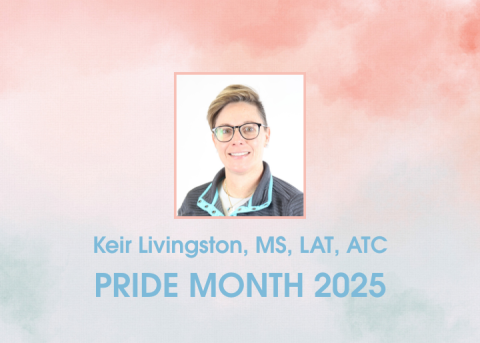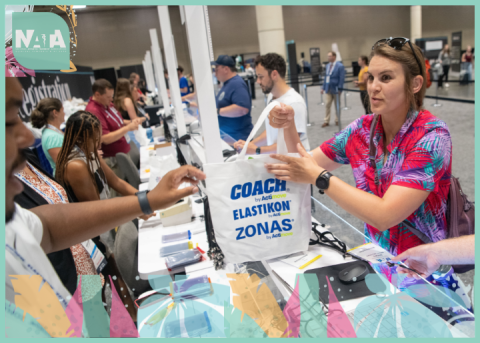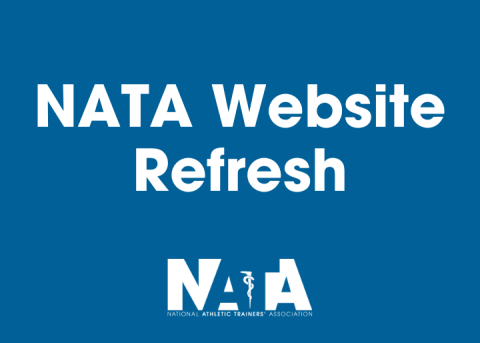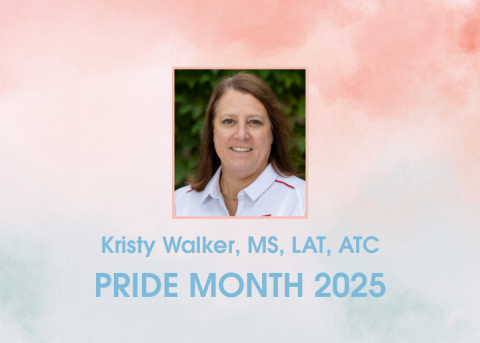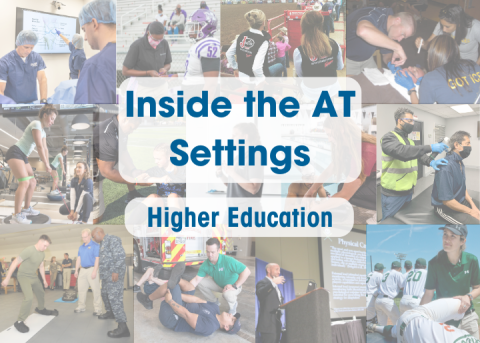
Introduced in the April NATA News, this NATA Now article series provides insight into the different athletic training settings as well as information athletic training students and interested ATs need to know. The series also provides tips from members on how to succeed in each setting.
Michelle Odai, PhD, LAT, ATC, clinical associate professor and chair of the Department of Athletic Training at Florida International University, has been in the higher education setting for 23 years.
Odai said initially, she was not familiar with the structured format of athletic training education until she began attending graduate school. Having observed a curriculum program there, she was drawn to the opportunity to be both an AT in the collegiate setting and a member of faculty.
“It was daunting having no teaching experience, but I quickly fell in love with education,” Odai said. “After four years in that position, I decided to go back to school to earn my PhD in curriculum and instruction to best support my goals of being a leader in the education space. After serving as a doctoral assistant, I transitioned from full-time faculty to clinical education coordinator to program director, and now chair of the department.”
Odai shares more about the higher education setting.
Typical Makeup of Your Population
Graduate students
Non-AT-Related Skills/Education/Certification Required or Helpful for Your Setting
Formal degree in education, continuing education and certificates in teaching, learning and assessment
Traits of a Successful AT in Your Setting
Growth mindset, innovative, patient
Misconceptions About Your Setting and/or Patient Population
That we have an easy schedule. While it may be more flexible than others, we work a lot and still struggle with work-life balance.

